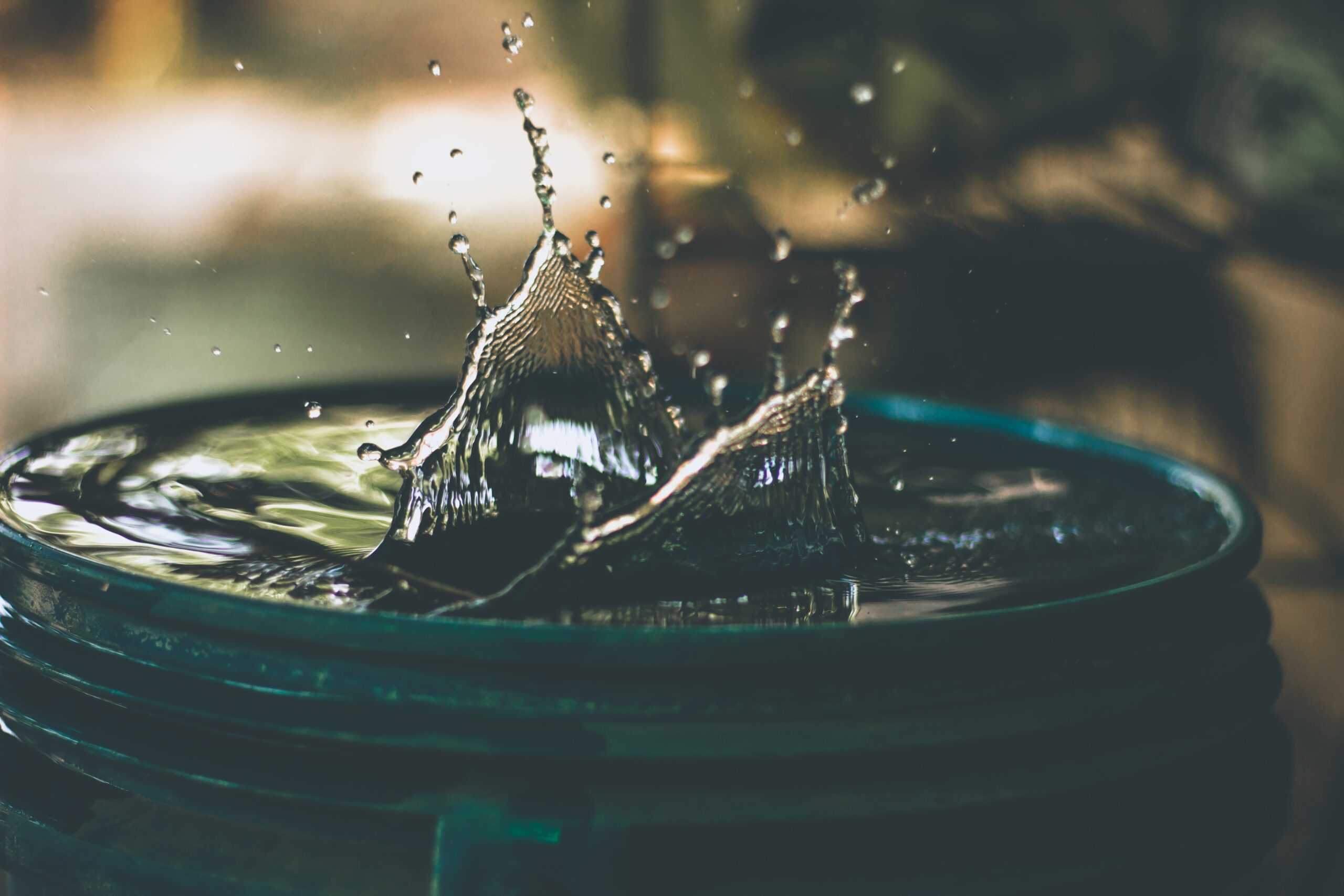
Table of Contents
What Exactly Does Restoration of Water Damage Entail?
The process of restoring property that has been damaged by water to the state it was in before the loss is referred to as water damage restoration. There are two certification agencies in the United States that advocate a specific quality of care. These certifying bodies are the Institute of Inspection Cleaning Certification (IICRC) and Restoration Certification.
The United States does not officially regulate processes (RIA). The majority of organizations make use of the standards established by the IICRC, which are founded on sound principles, extensive practical experience, and extensive study.
There are several different causes that might result in water damage. A property may sustain damage from water due to a number of different issues, including a broken pipe, improperly installed windows or doors, a leaking toilet, or damaged water lines. When a plumbing emergency, a storm, or any disaster involving water takes place on the property, restoration companies such as this: https://dependable-restoration.com, specializes in water damage repair and will come in and manage the cleaning.
As part of the procedure, the location will be dried, cleaned, and deodorized as necessary. As a direct result of the catastrophe, the water cleanup crew is in charge of all of the structural repairs that need to be done.

What Kind of Services Does the IICRC Offer?
The guidelines for the inspection, cleaning, and restoration sectors are the primary focuses of the International Institute of Cleaning and Restoration Certification (IICRC). The water damage repair process is guided by a set of particular practical criteria developed by the IICRC.
They do not provide processes for repairing water damage; rather, they give the foundation and fundamental concepts of how one should restore property. They follow the standard approach known as S500 (S500 – IICRC), which entails obtaining information from reputable sources, receiving in-depth consultations, and benefiting from the hands-on knowledge of chemical chemists and equipment manufacturers.
Those that utilize the S500 processes are required to comply with all of the rules as well as regulations of the government, whether they be federal, provincial, state, or municipal legislation. These rules could specify who has been allowed to do water damage repair work and who is authorized to give permission for cleanup operations.
Who is in Charge of Assessing and Evaluating the Damages?
The things that were damaged or altered by water are cataloged by a professional business that specializes in the restoration of water damage. After that, in order to make an assessment of the worth of the things that were misplaced, they will consult a standard price reference for the industry.
The following are some of the services that are offered by the company: an inspection of the affected area using apparatus intended to detect water; identification of the cause of the damage; determination of the severity of the damage. For more on water detecting apparatus and their uses, click here.
After that, they would sanitize the building as well as any areas affected or cross-contaminated areas by performing the following steps:
- Deodorizing all negatively affected components
- Employing air movers
- Using air filtration systems
- Adding dehumidifiers in areas affected
- Applying wood floor evaporation techniques
- Applying sub surface drying techniques
- Applying techniques to dry the sub floor
- Applying techniques to dry the wood floor
- Applying techniques to dry the sub floor
In most cases, the duration of time required to finish this operation is between three and four days. After the procedure has been finished, it is vital to assess the area in order to see how well the drying procedure works and to determine whether or not any extra measures are required.
What are the Different Types of Damage Caused by Water?
According to the IICRC’s S500 criteria, there are three distinct categories for the classification of water damage:

The First Category
– (Negotiable) this is harm that has been brought on by water that has been purified. Broken pipes, clean water from bowls of toilets or sinks, water from faucets, or bottled water are all possible sources. Even if the deterioration may have been caused by potable water, it has the potential to quickly progress into class 2 or 3 if it is not handled as soon as possible.
Category Two –
(Non-Palatable) This harm has been caused by water that contains pollutants to varying degrees. This might include water from washing machines, the overflow of toilets or bathrooms, the overflow of dishwashers, and other similar sources. These waters are tainted with some kind of contaminant, which increases the risk of becoming sick or experiencing other unpleasant side effects. If action is not taken promptly, this level has the potential to swiftly deteriorate into category three.
Category Three:
(Toxic) This water damage is the most unhygienic that is imaginable and has the potential to cause serious sickness or even death. This type of damage is also referred to as “black water” damage, and it can be caused by water that comes from sources such as sewers, flooded waterways or streams, water that comes from out of the trap inside a toilet, water that comes from a toilet that contains feces, wind-driven water, or water which has been standing for a long time and contains microbial growth.
Another sort of water damage that may be brought on by frozen pipes during the colder winter months is described here. The area suffers huge losses on an annual basis, and the level of damage they do is only exceeded by the amount of destruction caused by hurricanes. Because insurance companies do not consider the damage caused by frozen pipes to be a “catastrophe,” they frequently do not cover the costs of repairing the resulting water damage. Homeowners are left to shoulder the financial burden.

Gaining an understanding of the expenses associated with restoring water damage
Many customers are understandably worried about the prices associated with receiving professional cleanup services. There is no predetermined fee because the level of harm sustained might change depending on the circumstances.
Damage of a lesser severity that is confined mainly to a limited region with cleaner water may have a greater impact on a broader space that has been tainted by black water containing human feces, raw sewage, or other harmful bacteria. The extent of the contamination in the larger area determines the severity of the damage.



